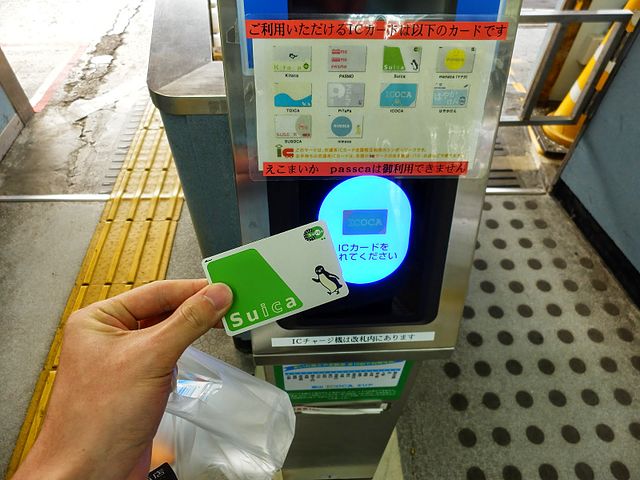Aug 30, 2022
Upgrade Your Suica to Mobile Suica
There was a time when finding one’s way around Japan’s rail lines required extraordinary effort, determination, and a bit of luck. Literacy helped as well, but most newly arrived foreigners were out of luck in that regard. The most challenging part was getting the tickets, which required deciphering the maps, figuring out the ticket machines, and finally remembering your ticket. Then came IC cards, which simplified this process. Just charge your card with cash and tap your way through the gates. Plus, you can use the card for everything from vending machines to paying for things at convenience stores. Long live the IC card!
But what if we could improve even further? Dare we try? Let’s upgrade our IC cards to the Mobile Suica in the spirit of kaizen (gradual improvement).
What is it?
Thanks to technology, it is easier than ever to use your Suica card on your mobile devices, such as a smartphone or even Apple Watch. Once the Suica card is saved in the Suica app, you can tap it instead of bothering with the card at turnstiles, vending machines, etc.
Most made-for-Japan Android smartphones, and “feature phones” before them, have had this ability for over a decade through an Osaifu Keitai app. Just as Apple made smartphones easier to use, their Apple Pay solution has done the same, and the iPhone version of Mobile Suica is one of the outcomes.
Apple Pay + Mobile Suica
To start your journey into the world of mobile transport payments on your iPhone, you’ll need the following:
- An iPhone 8 or later, or an Apple Watch Series 3 or later with the latest version of iOS or watchOS.
- An iPhone 7 or Apple Watch Series 2 purchased in Japan.
- A debit/credit card already set up in Apple Pay -or- any Japanese debit/credit card issued in the country, even if not able to be used with Apple Pay (more on this later)
- Physical Suica card (optional). You can create a virtual Suica card using the mobile Suica App, but since the app is in Japanese, it takes a few extra steps… If you’re in Tokyo already, you have a Suica card anyway. If not, head to a JR station and pick one up for ¥500 at the ticket machines.
- Have the region of your device set to Japan (this doesn’t change your device’s language, just what App Store country you download from.)
If this is ready, download the Mobile Suica app from the App Store. The first thing to note is everything’s in Japanese, but for our purposes right now, we don’t need to worry about that.
Next, open the Wallet app and tap the “+” icon in the upper right corner to add a new card. The next screen should have a new entry, “Add Suica Card”; tap that and follow these directions from Apple to transfer a Suica card into your phone or watch.
How to generate a virtual Suica instead
You can also go into the mobile Suica app and generate a virtual card, but since the app is only in Japanese for now, it may be best to ask a Japanese-speaking friend for help.
What about the Apple Watch?
After you’ve got a valid pass on your iPhone, you can quickly move it to your Apple Watch through the Watch App’s wallet function. The cool thing about this is that even if you have an iPhone that doesn’t have the NFC-F ability for Mobile Suica, Apple Watch series 3 and 4 can be used.
What about us Android users?
Since 2010, the first “made-in-Japan” Android smartphones have been able to use Mobile Suica. This is because the technology had already been in place here for some time. But this also meant that those of us bringing an Android phone into Japan are out of luck since the phones are missing a specific microchip and SIM card required to make it work. However, if you have a Japanese Android smartphone and comparable SIM card, then all you need is the Google Play App and follow the instructions for adding a new card, and if your phone is compatible, you should see the screens to add a Suica card.
Let’s get to tapping!
With your mobile Suica set up, your options for using them are nearly limitless. Not only can you ride trains, buses, and taxicabs, but you can rent bicycles, use coin lockers, play video games and buy groceries with Suica. And the best part? This convenience is nationwide since you can use the mobile Suica on almost every transport system in the country. So get out there and start tapping away with your mobile Suica.
タチヤマカムイ, CC BY-SA 4.0, via Wikimedia Commons


About the author